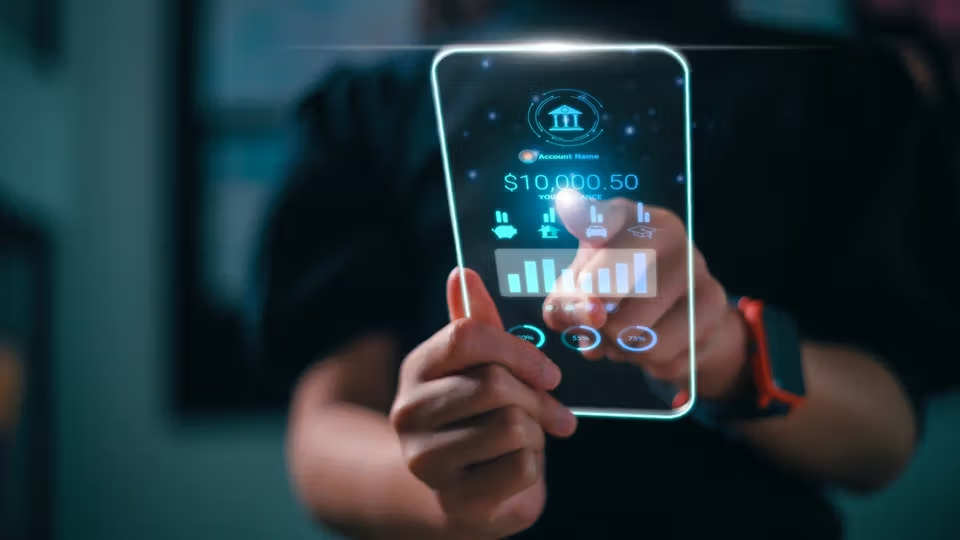
In an era dominated by digital transactions and online financial activities, the risk of fraud and unauthorized transactions looms large. Protecting your accounts from these threats is essential to ensure the security of your financial information and assets. In this comprehensive guide, we will explore effective strategies and practices to safeguard your accounts from fraud, providing you with the knowledge and tools to navigate the digital landscape with confidence.
Secure Your Passwords
A robust first line of defense against unauthorized access is a strong, unique password. Avoid using easily guessable passwords like birthdays or common words. Opt for a combination of upper and lowercase letters, numbers, and symbols. Regularly update your passwords, and refrain from using the same password across multiple accounts. Consider using a reputable password manager to generate and store complex passwords securely.
Enable Two-Factor Authentication (2FA)
Two-factor authentication adds an extra layer of security by requiring an additional step beyond entering your password. This often involves a code sent to your mobile device or generated by an authentication app. Enable 2FA wherever possible, especially for sensitive accounts like online banking and email. This adds an additional barrier even if your password is compromised.
Monitor Your Accounts Regularly
Frequent monitoring of your financial accounts is crucial for detecting unauthorized transactions promptly. Set up account alerts to receive notifications for activities such as large transactions, low balances, or login attempts from unrecognized devices. Regularly review your bank and credit card statements to identify any discrepancies or unfamiliar charges, no matter how small.
Be Wary of Phishing Attempts
Phishing is a common method used by fraudsters to trick individuals into providing sensitive information. Be cautious of unsolicited emails, messages, or phone calls requesting personal or financial information. Legitimate institutions will never ask for sensitive information via email or phone. Verify the authenticity of any communication by contacting the institution directly through official channels.
Protect Your Devices
The security of your accounts is only as strong as the devices you use to access them. Ensure that your computer, smartphone, and other devices have up-to-date antivirus and anti-malware software. Regularly install system updates and security patches to address vulnerabilities. Use a secure and encrypted Wi-Fi connection, especially when accessing sensitive accounts.
Utilize Account Alerts and Notifications
Many financial institutions offer customizable account alerts and notifications to help you stay informed about account activity. Take advantage of these features to receive real-time alerts for transactions, balance changes, and login attempts. By staying proactive, you can quickly address any suspicious activities and prevent further unauthorized access.
Secure Your Mobile Devices
As mobile devices become integral to our financial activities, securing them is paramount. Set up biometric authentication, such as fingerprint or facial recognition, to unlock your devices. Implement strong passcodes, enable device encryption, and install security apps that can remotely locate, lock, or erase your device if it is lost or stolen. Be cautious about downloading apps from unofficial sources, as they may pose security risks.
Regularly Update Your Contact Information
Ensure that your financial institutions have your current contact information, including email addresses and phone numbers. This ensures that you receive important notifications and alerts promptly. Inform your bank and credit card companies of any changes to your contact details to maintain seamless communication and swift response in case of suspicious activities.
Shred Sensitive Documents
Physical documents containing sensitive information, such as bank statements, credit card offers, and old identification cards, can be targets for identity theft. Shred these documents before disposing of them to prevent unauthorized access to your personal information. Consider investing in a cross-cut shredder for enhanced security.
Regularly Check Your Credit Reports
Monitoring your credit reports is a proactive measure against identity theft and unauthorized accounts. Obtain free annual credit reports from each of the major credit bureaus—Equifax, Experian, and TransUnion. Review the reports for any inaccuracies, unfamiliar accounts, or suspicious activities. Promptly dispute any discrepancies to rectify potential issues.
Educate Yourself on Social Engineering Tactics
Fraudsters often employ social engineering tactics to manipulate individuals into divulging sensitive information. Stay informed about common social engineering techniques, such as pretexting, phishing, and baiting. Be skeptical of unexpected requests for personal or financial information, even if they seem urgent or official.
Protecting your accounts from fraud and unauthorized transactions requires a proactive and multi-faceted approach. By securing your passwords, enabling two-factor authentication, monitoring your accounts regularly, being wary of phishing attempts, protecting your devices, utilizing account alerts, securing your mobile devices, updating your contact information, shredding sensitive documents, checking your credit reports regularly, and educating yourself on social engineering tactics, you can fortify your defenses against potential threats.
Remember that the digital landscape is dynamic, and staying vigilant is an ongoing process. Implementing these strategies not only safeguards your financial information but also contributes to a more secure and resilient online presence. By prioritizing account security, you empower yourself to navigate the digital world with confidence and protect the assets that matter most.